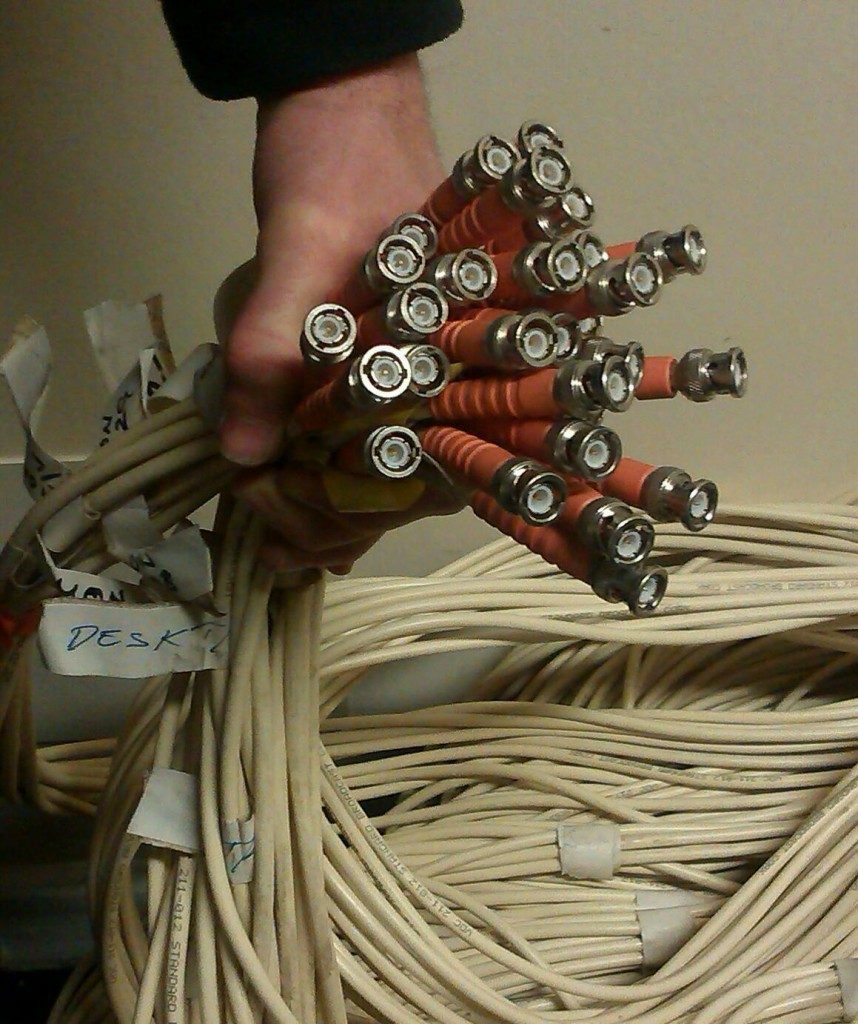The main work of Greatbear is to make analogue and digital tape-based media accessible for people living in a digital intensive environment. But once your tape-based media has been digitised, is that the end of the story? Do you never need to think about preservation again? What issues arise for information management in the future, and how do they relate to our actions in the present?
This year (2013) the National Archives in the UK are facing a huge challenge as the ’20-year rule‘, in which the government will be releasing records when they are 20 years old, instead of 30, comes into effect. A huge part of this process is the digitisation of large amounts of material so they can be easily accessible to the public.
What does this have to do with the digitisation of tape you may be wondering? Well, mostly it provides food for thought. When you read the guidelines for the National Archives’ digitisation strategy, it raises many points that are worth thinking about for everyone living inside an information intensive environment, professional archivist or not. These guidelines suggest that many of the problems people face with analogue media, for example not being able to open, play or use formats such as tape, floppy disks or even digital media, such as a cd-r, do not go away with the move toward wholesale digitisation. This is summed up nicely in the National Archive’s point about digital continuity. ‘If you hold selected digital records that are not yet due for transfer, you will need to maintain their digital continuity. This means ensuring that the records can be found, opened, understood, worked with and trusted over time and through change’. This statement encapsulates the essence of digital information management – the process whereby records are maintained and kept up to date with each technological permutation.

Later on in their recommendations they state something which may be surprising to people who assume that digitisation equates to some form of informational omnipotence: ‘Unlike paper records, digital records are very vulnerable and will not survive without active intervention. We cannot leave digital records on a shelf in an archive – they need active management and migration to remain accessible in the long term.’ These statements make clear that digital records are just as vulnerable as their analogue counterparts, which although subject to degrading, are in fact more robust than is often assumed.
What is the answer to ensuring that the data we create is usable in the future, is there an answer? It is clear on whatever format we choose to archive data there is always risk involved: the risk of going out of date, the risk of vulnerability, the risk of ‘not being able to leave them on the shelf’. Records, archives and data cannot, it seems, simply look after themselves. They have to adapt to their technological environments, as much as humans do.